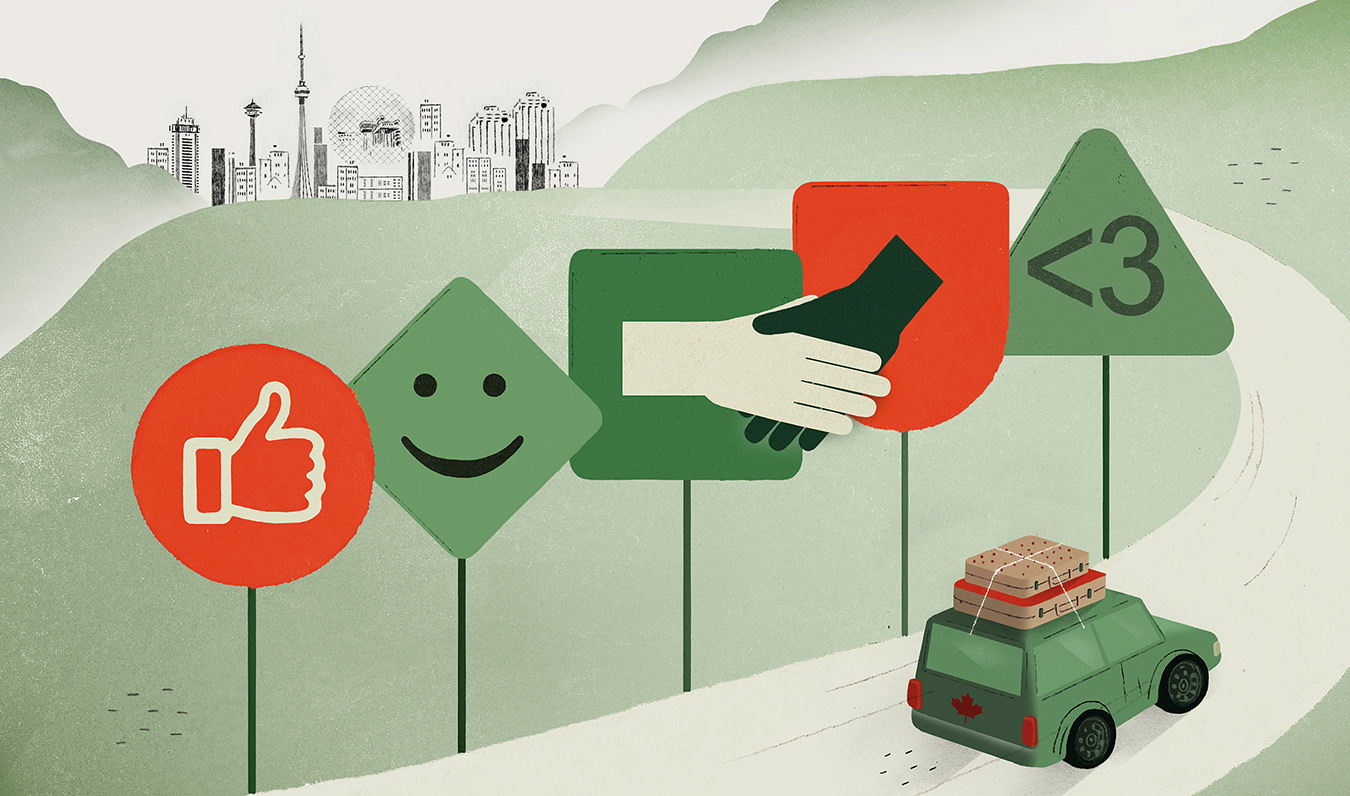
Oh, Canada
Shades of niceness.
What is it to be Canadian? That’s probably impossible to define, and we’ve twisted ourselves in knots trying to figure that out. This Canada Day, we revisit a favourite essay on the subject.
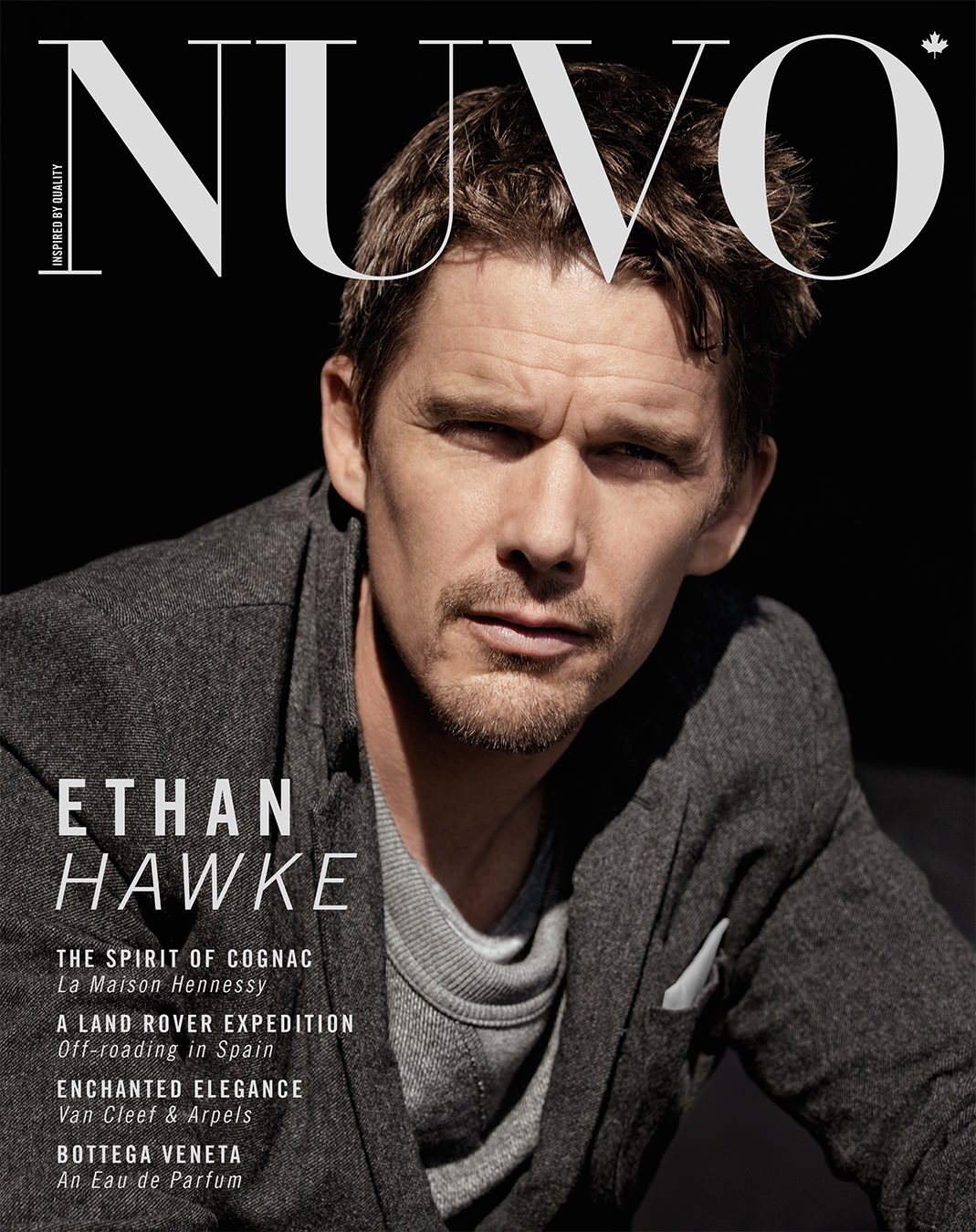

What is it to be Canadian? That’s probably impossible to define, and we’ve twisted ourselves in knots trying to figure that out. This Canada Day, we revisit a favourite essay on the subject.
Geographically, Montana isn’t at the heart of United States cowboy country, but it is wholeheartedly Western. The state is all sky (as its Big Sky Country moniker reaffirms) and mountains; after all, its very name is derived from montaña (Spanish for “mountain”).
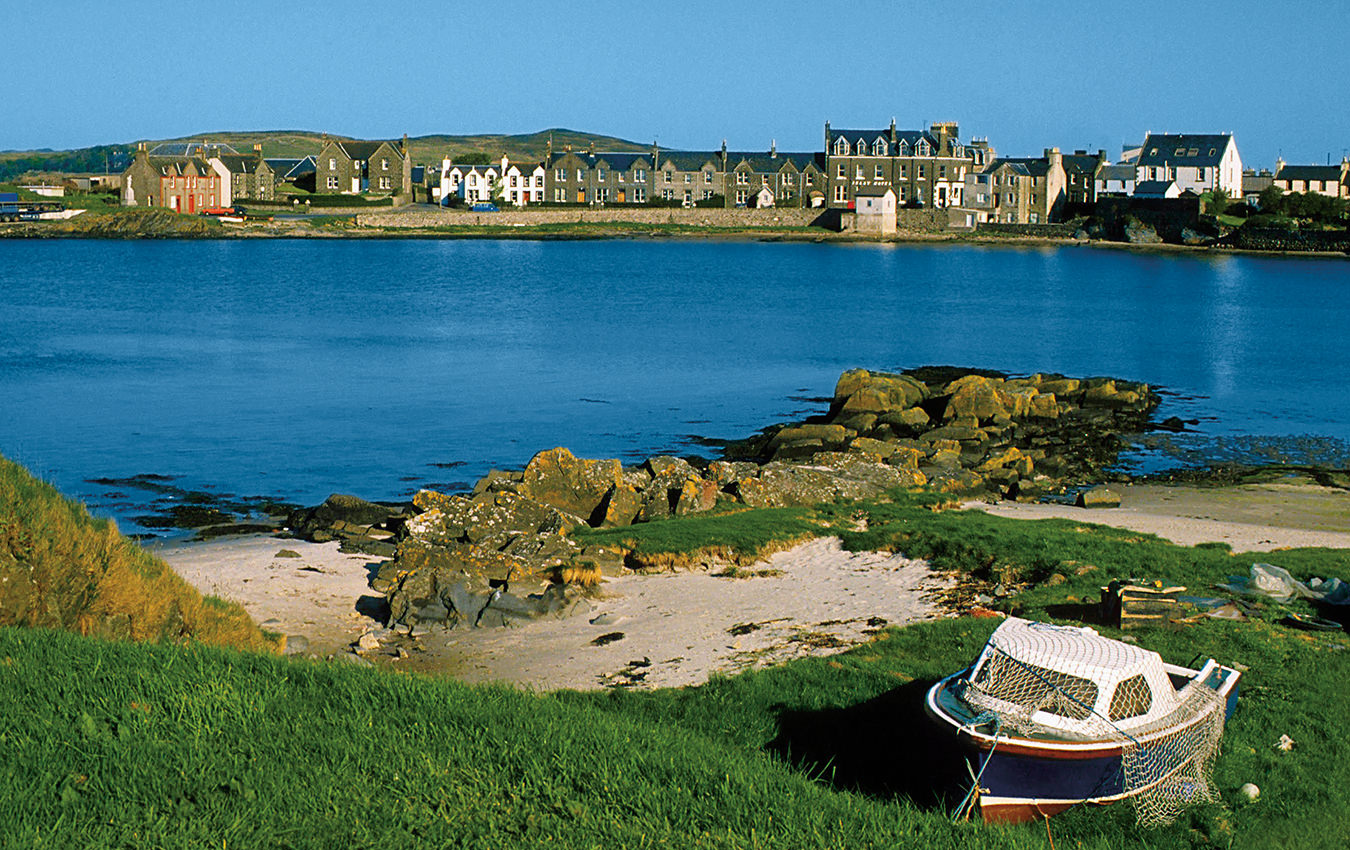
Just as famous paintings rarely greet visitors at gallery entrances, stellar destinations are rarely quick to reveal themselves at first blush. But all things great—truly great—take some getting to. Glasgow’s Kelvingrove Art Gallery and Museum houses an apt exhibit of the first instance; the country in which it lives is the second.
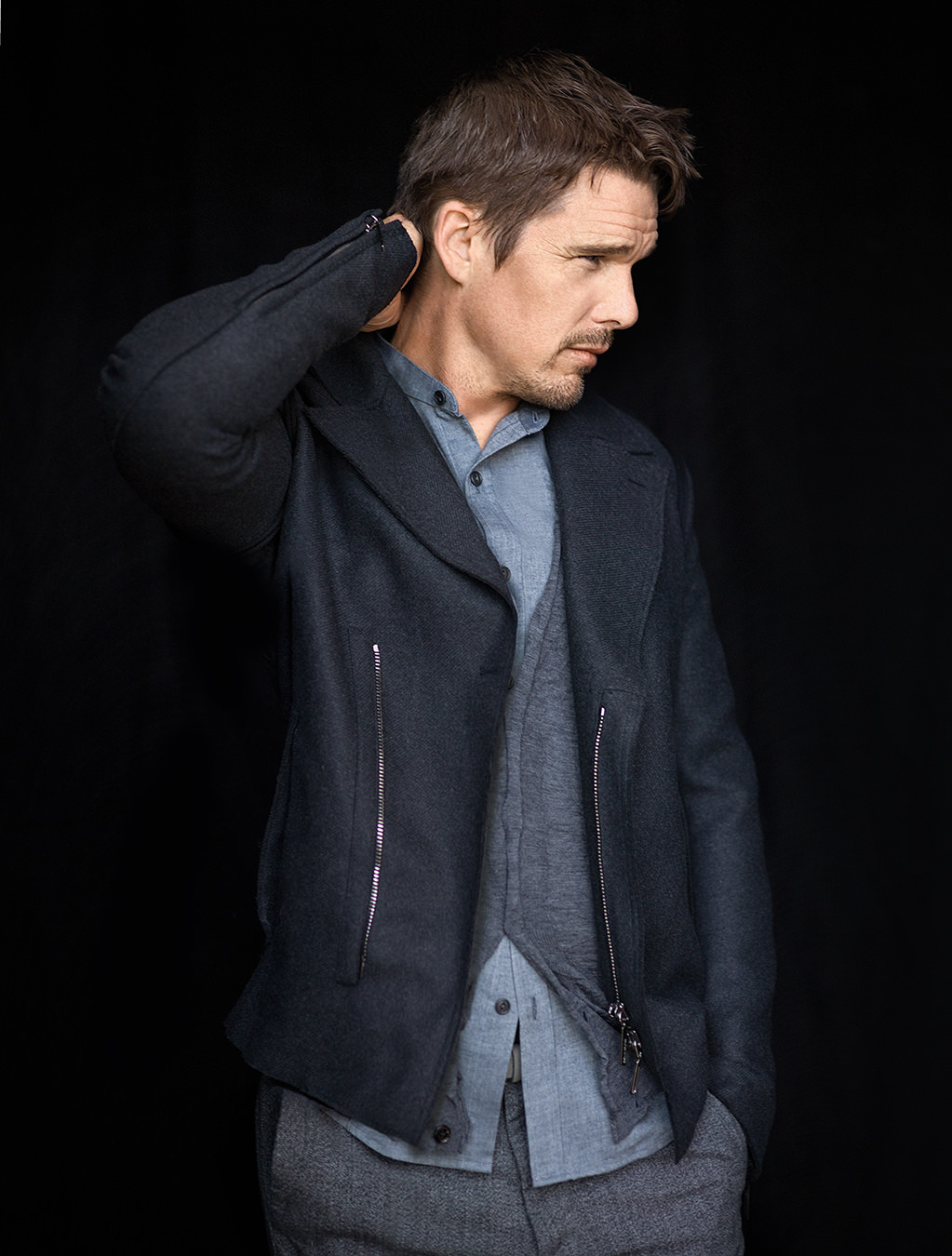
FROM THE ARCHIVE: Ethan Hawke walks with the unhurried gait of a man with nowhere to go. His features—blue eyes, permanently terror-wide; a deep, implacable crease running down his forehead; the unchanging goatee—are pale in the light of a sunny afternoon in New York’s Chelsea neighbourhood.
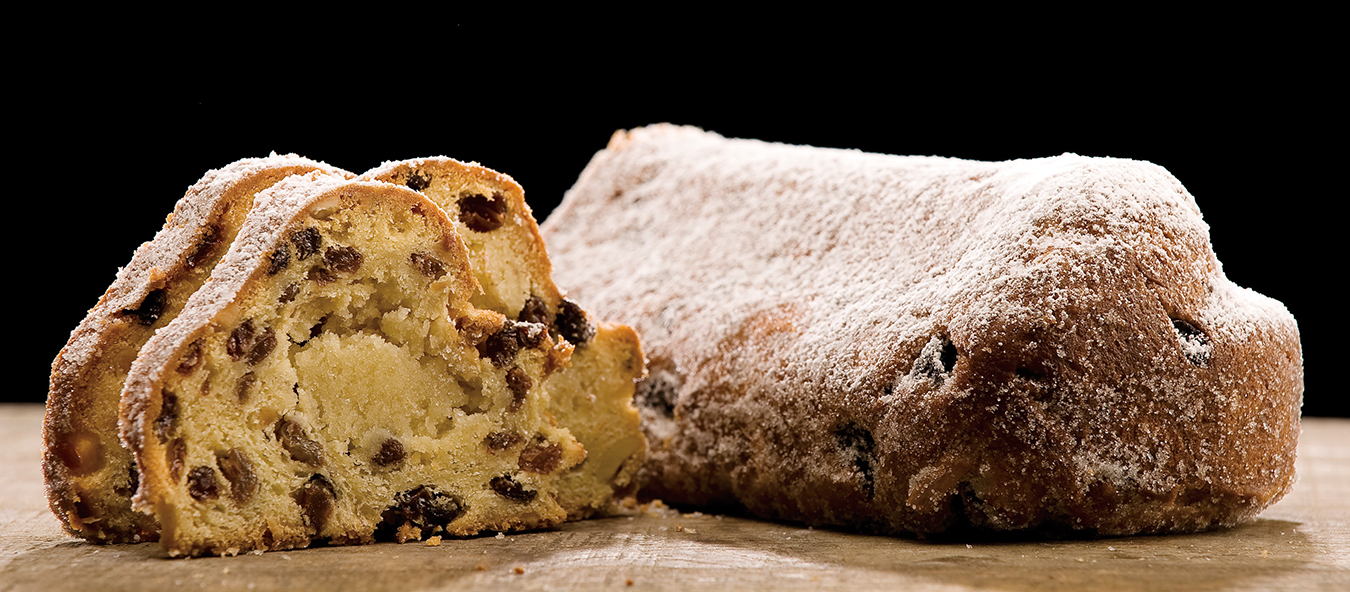
FROM THE ARCHIVE: Fruitcake. It’s a word that strikes fear in the hearts of even the most diehard dessert fan. The holiday gift that everyone dreads, it conjures visceral memories of inedible, leaden creations chock full of luridly coloured and artificial-tasting fruit.
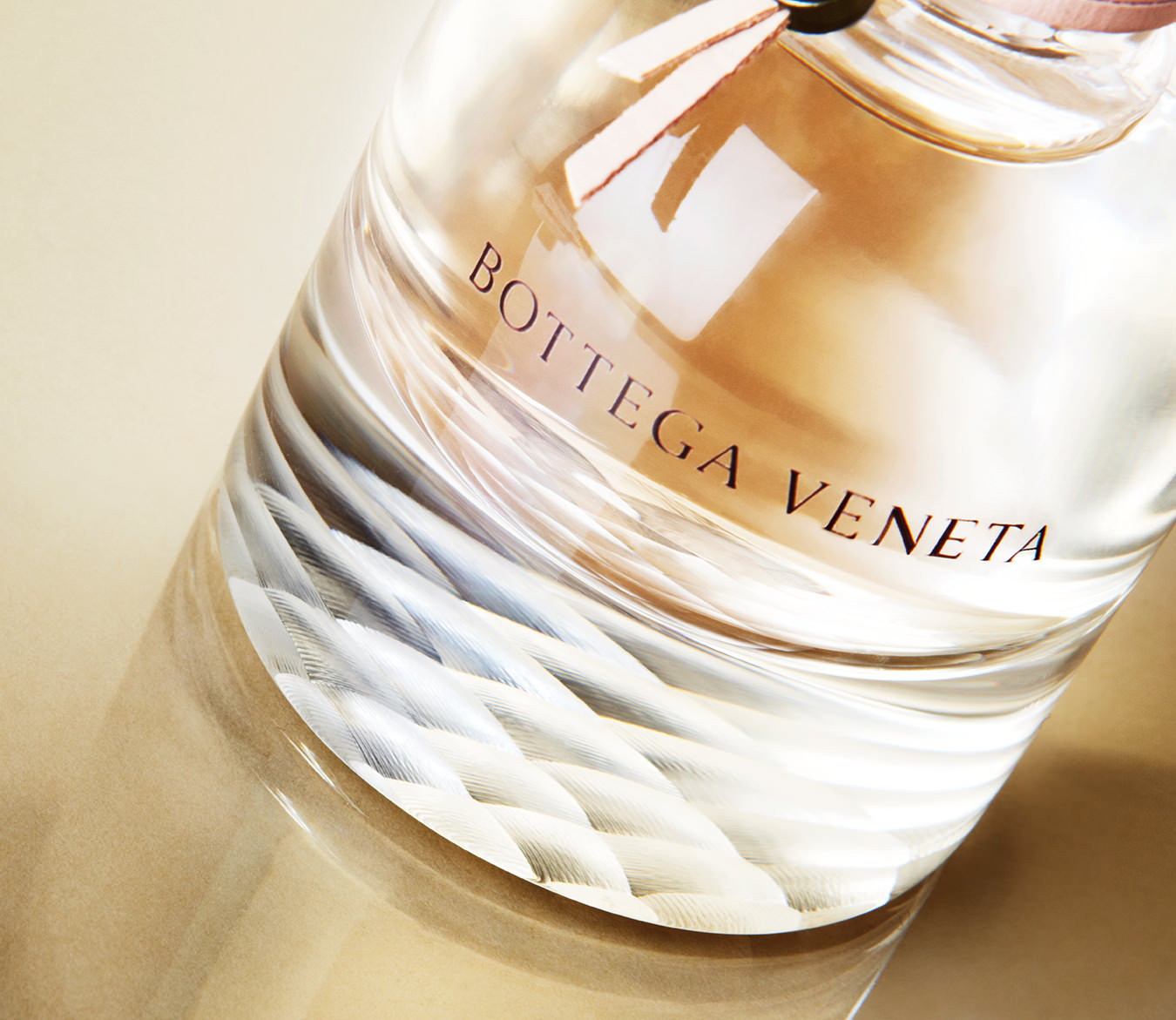
Discretion, quality, and unsurpassed craftsmanship have defined Bottega Veneta since it was founded in Vicenza in 1966. Steeped in the tradition of Italy’s master leather craftsmen and renowned for its leather goods, the company stands for individuality and self-confidence. Make no mistake: Bottega Veneta may be a logoless product, but it has “an identity,” says creative director Tomas Maier, “that is focused on the make, the craftsmanship.”
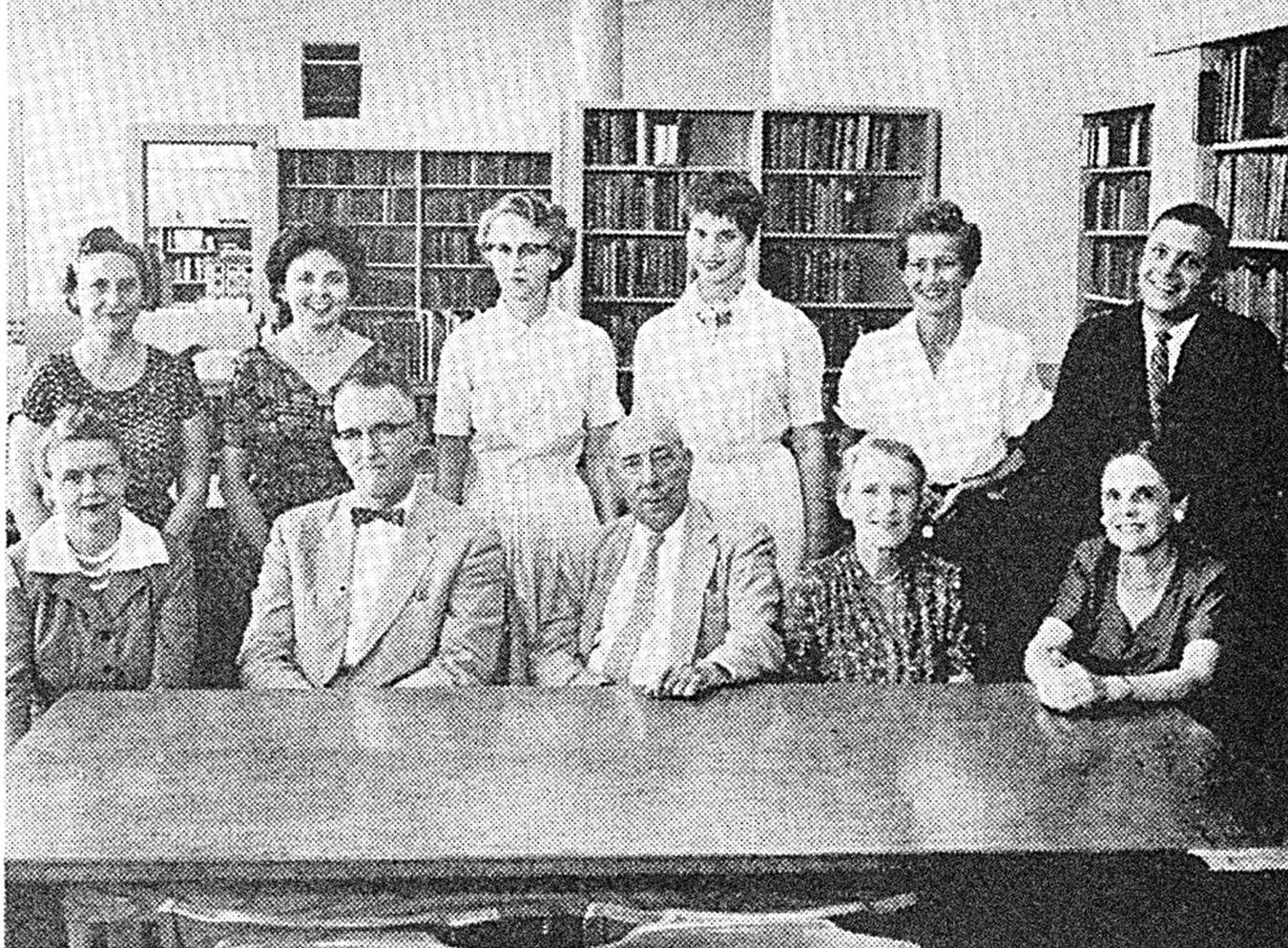
My aunt Louise had just married my new uncle, Bill, and my parents and I had travelled south for a week to visit them in Virginia. When we thought everyone was asleep, Uncle Bill came downstairs, got out the bourbon and poured me a “tad”, as he called it, and we watched the late late movie. I was 13; it was 1958.
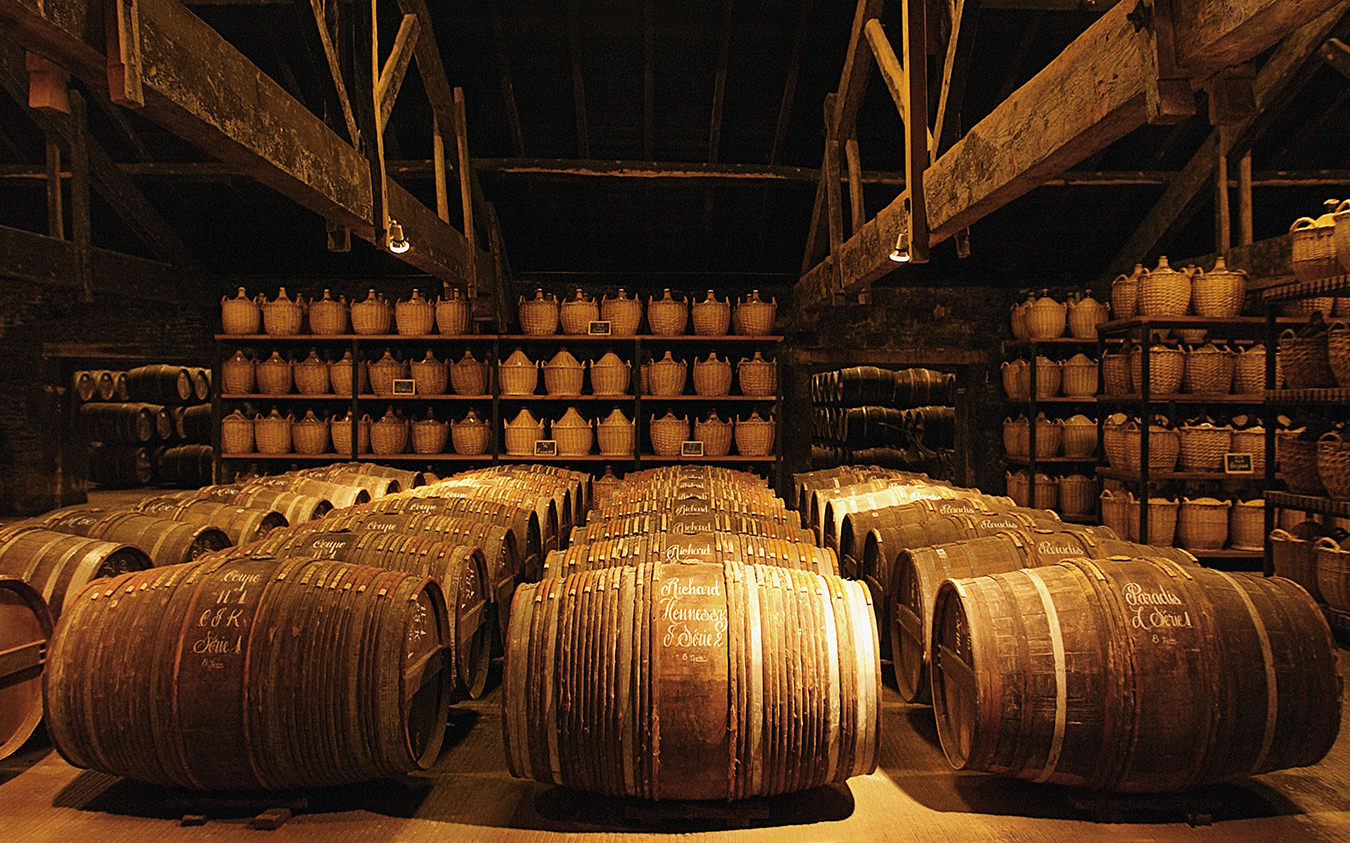
For hundreds of years, cognac was anything but a hip drink. It was always drunk straight, sometimes warmed. It was the digestif of choice for older men, who nursed snifters of the amber liquid and slumbered in massive leather armchairs after a heavy meal. So today, drinking a cognac cocktail in a tall glass with a twist of lemon seems almost heretical.
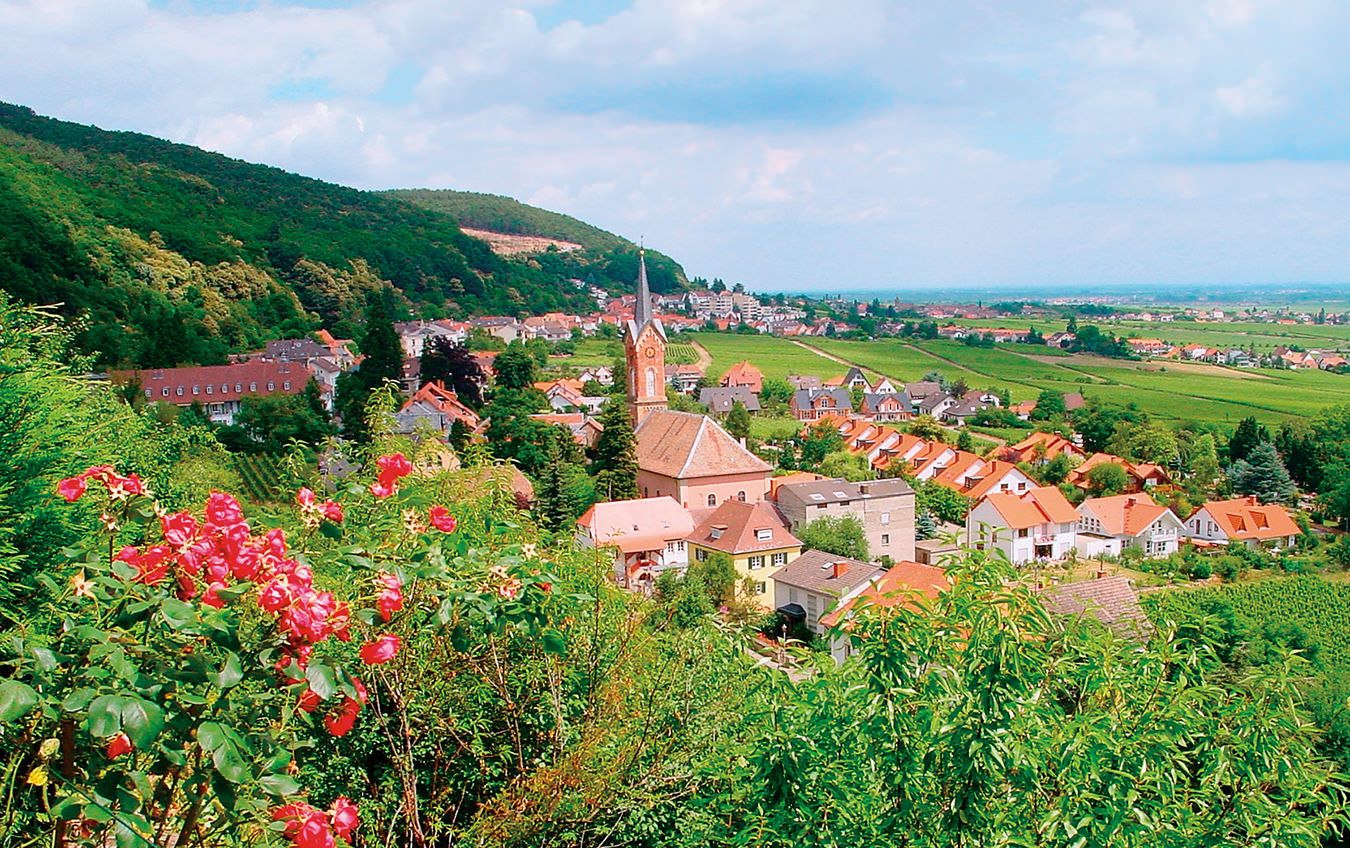
Riesling is still the single most planted grape in Germany and covers a fifth of the land planted in vines. Yet there’s been a seismic shift in the importance of other varieties, and what Germans call the “Pinot Trio” (pinot noir, pinot blanc, and pinot grigio) has made significant gains. Of these, the one to watch is pinot noir.